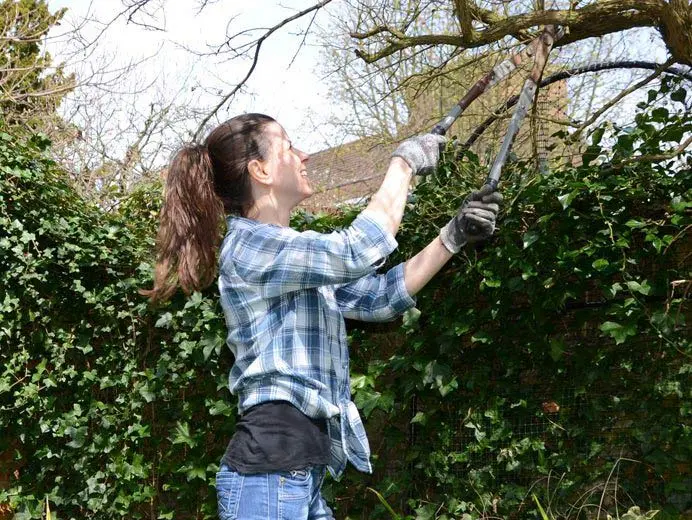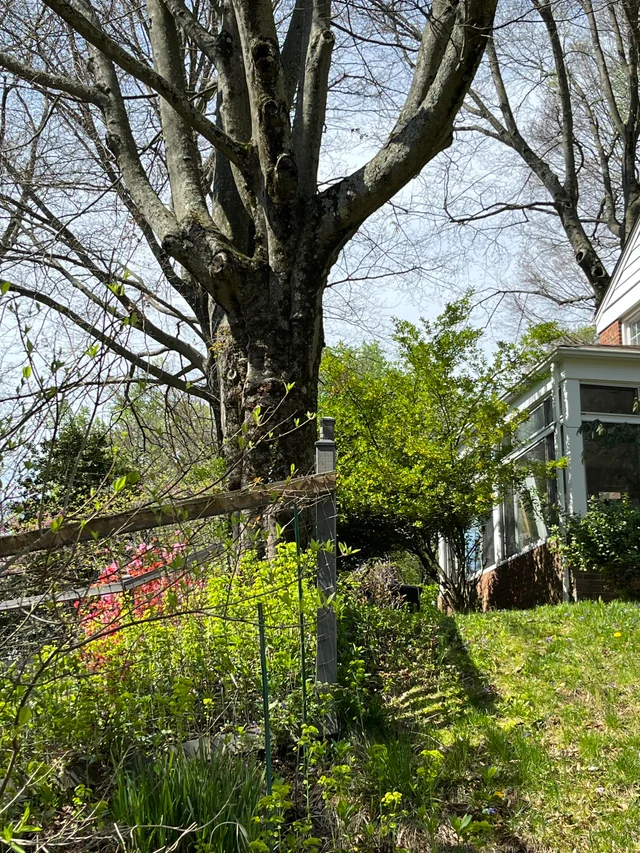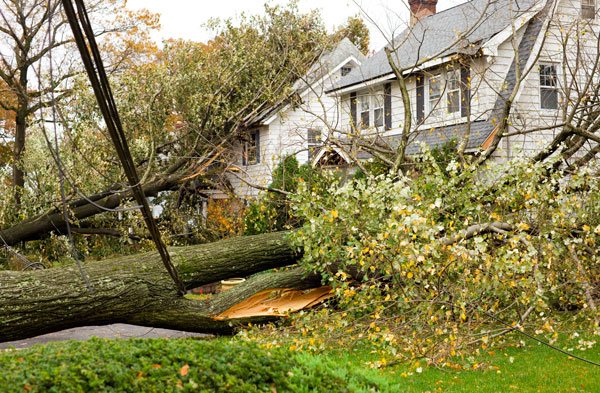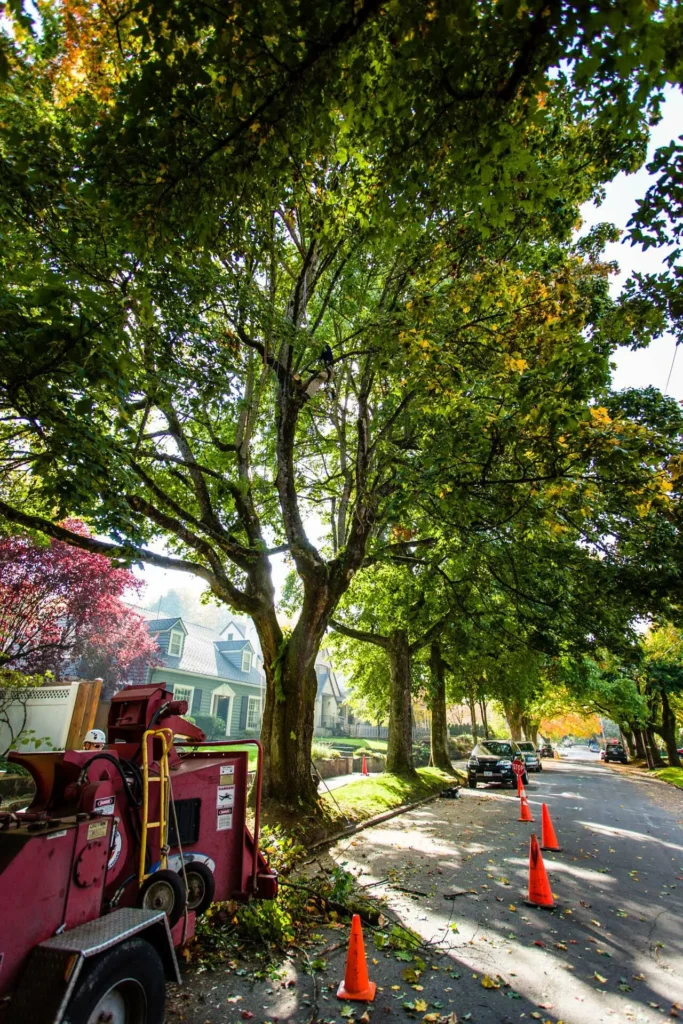Trees are a valuable part of any neighborhood. They provide shade, improve air quality, enhance property value, and create aesthetic appeal. However, when trees grow near property lines, shared responsibilities and costs for maintenance can become a source of confusion or conflict between neighbors. Determining who pays for tree trimming, pruning, or removal requires understanding legal obligations, safety considerations, and best practices for neighborly cooperation.
This article explores the rules, responsibilities, and practical strategies for managing shared tree maintenance, helping homeowners navigate this common but often tricky issue.
Understanding Shared Trees

A shared tree is typically a tree that straddles or closely borders property lines, with branches, roots, or foliage extending into multiple properties. Even if the trunk is entirely on one property, branches and roots crossing boundaries can affect neighboring land.
Types of Shared Tree Issues:
- Overhanging Branches – Branches extending into a neighbor’s yard, potentially causing damage or debris accumulation.
- Roots – Roots growing under driveways, foundations, or gardens can interfere with landscaping and structures.
- Falling Fruit or Seeds – Trees bearing nuts, fruits, or leaves may cause inconvenience or damage.
- Safety Concerns – Diseased or unstable trees pose hazards that require timely intervention.
Recognizing these issues helps homeowners determine responsibilities and costs for maintenance.
Legal Responsibilities for Tree Maintenance

Tree maintenance laws vary by country, state, or municipality, but some general principles usually apply:
1. Property Owner Responsibility
- The owner of the tree is generally responsible for maintaining it to prevent hazards.
- This includes trimming dead branches, ensuring the tree does not pose a safety risk, and removing diseased or damaged trees.
2. Neighbor’s Rights
- Neighbors typically have the right to trim overhanging branches that extend into their property, but they must do so carefully:
- Only trim up to the property line.
- Avoid damaging the health of the tree.
- Notify the tree owner before taking action if possible.
3. Shared Cost Agreements
- If a tree benefits or affects both properties, homeowners can negotiate shared maintenance costs.
- Legal obligations for cost-sharing may arise from:
- Local ordinances
- Homeowner association (HOA) rules
- Prior agreements between neighbors
Tip: Always check local laws before trimming or removing a tree near a boundary, as some regions require permits.
Determining Who Pays

Determining responsibility often depends on three factors: ownership, benefit, and damage.
1. Ownership
- If the trunk is entirely on one property, that owner usually bears responsibility for major maintenance or removal.
- If the tree straddles the property line, both owners share responsibility, including costs for pruning, fertilizing, or removal.
2. Benefit
- If the tree provides equal benefits (shade, fruit, or aesthetic appeal) to both neighbors, shared costs are fair.
- If only one property benefits, that owner may be required to pay more or entirely for maintenance.
3. Damage or Nuisance
- If a tree causes damage to a neighbor’s property—fallen branches, roots disrupting landscaping, or disease—the tree owner may be liable for repair or preventive maintenance.
Tip: Keep records of maintenance, costs, and agreements to prevent disputes.
Practical Steps for Shared Tree Maintenance

To ensure fair and safe maintenance, neighbors should follow a clear process:
Step 1: Communication
- Discuss the tree’s condition and any concerns with your neighbor.
- Agree on maintenance schedules, who will perform work, and how costs will be shared.
- Written agreements prevent misunderstandings and provide legal clarity.
Step 2: Assessment
- Hire a certified arborist to assess tree health and recommend maintenance.
- Determine which branches or roots pose risks and require attention.
Step 3: Maintenance Planning
- Schedule pruning, trimming, or fertilization at mutually convenient times.
- Decide whether work will be DIY or professionally contracted.
- Estimate costs and agree on contributions from each property owner.
Step 4: Execution and Documentation
- Perform maintenance carefully to avoid property damage.
- Keep receipts, contracts, and before-and-after photos for future reference.
Cost Considerations

Tree maintenance costs vary depending on size, species, and work complexity. Common costs include:
- Pruning and Trimming: $200–$800 for small to medium trees; $1,000+ for large trees.
- Tree Removal: $500–$2,500 depending on height, trunk diameter, and location.
- Root Management: $200–$1,000 for root pruning or barriers.
- Arborist Consultation: $100–$300 for inspection and recommendations.
Tips for Sharing Costs:
- Split 50/50 if both neighbors benefit equally.
- Proportional Sharing if one property benefits more or incurs more risk.
- Document Contributions for transparency and future reference.
Handling Disputes
Even with communication, disagreements may arise. Here are common strategies for resolution:
1. Mediation
- Neutral third-party mediators help neighbors reach agreements without legal action.
- Often offered through local councils or community organizations.
2. Arbitration
- Involves a legally binding decision from an arbiter regarding cost-sharing or maintenance responsibilities.
3. Legal Action
- If a neighbor refuses to cooperate or damages occur, legal recourse may be necessary.
- Consult a lawyer for guidance and understand local tree laws.
Tip: Early discussion and mediation are usually more cost-effective and neighborly than litigation.
Preventive Measures for Shared Trees
Preventive strategies reduce future conflicts and costs:
- Plant Appropriately – Choose tree species with moderate height, root spread, and low maintenance for boundary planting.
- Use Root Barriers – Prevent roots from encroaching into neighboring yards.
- Regular Maintenance – Prune and inspect trees yearly to avoid hazards.
- Document Agreements – Any shared planting, maintenance schedule, or cost arrangement should be in writing.
- Consider Insurance – Homeowner insurance may cover tree damage to structures or property.
Special Considerations
- Fruit Trees: Neighbor may be entitled to fallen fruit if branches overhang, depending on local law.
- Diseased or Hazardous Trees: If a tree poses an imminent risk, urgent maintenance may be required, potentially splitting emergency costs.
- Historic or Protected Trees: Some trees may have legal protection, requiring permits for trimming or removal.
Conclusion
Shared trees between neighbors offer beauty, shade, and value, but they also require clear communication, shared responsibility, and proactive management. Determining who pays for maintenance depends on ownership, benefits, and potential damage.
The key steps to managing shared tree responsibilities include:
- Open communication with neighbors.
- Assessing tree health and risks with a professional arborist.
- Planning maintenance and agreeing on cost-sharing.
- Documenting agreements and executing maintenance safely.
- Using preventive strategies to minimize future conflicts.
By approaching shared tree maintenance thoughtfully, neighbors can enjoy the benefits of trees without conflict, ensuring safety, aesthetic appeal, and harmony in the community. Clear agreements and proactive planning are essential to transforming potential disputes into cooperative, mutually beneficial solutions.
